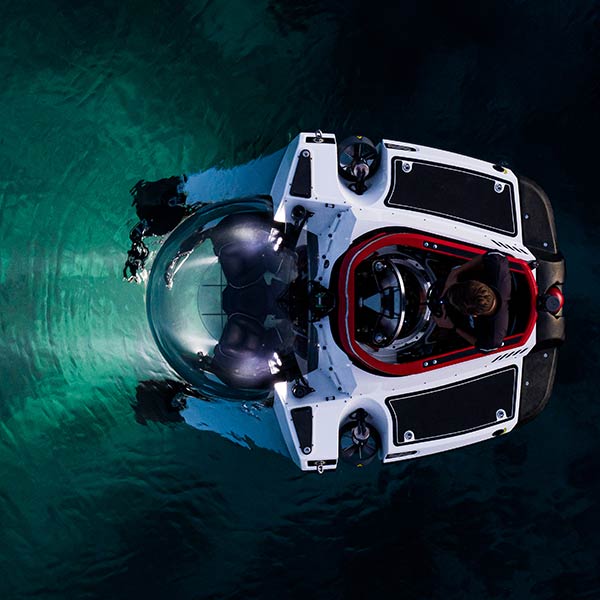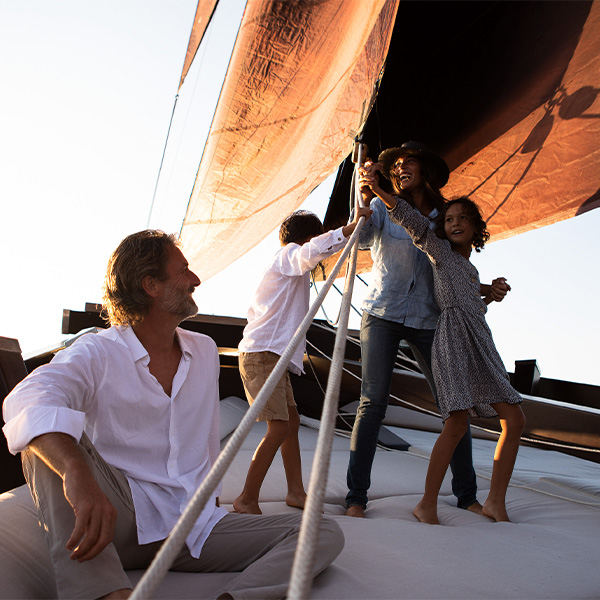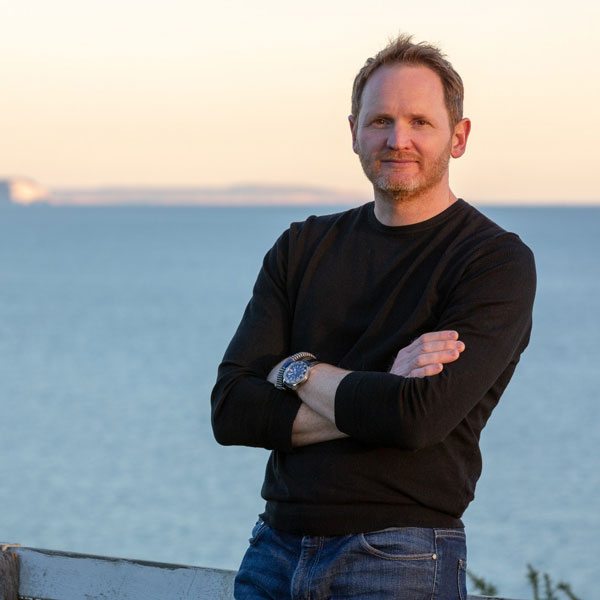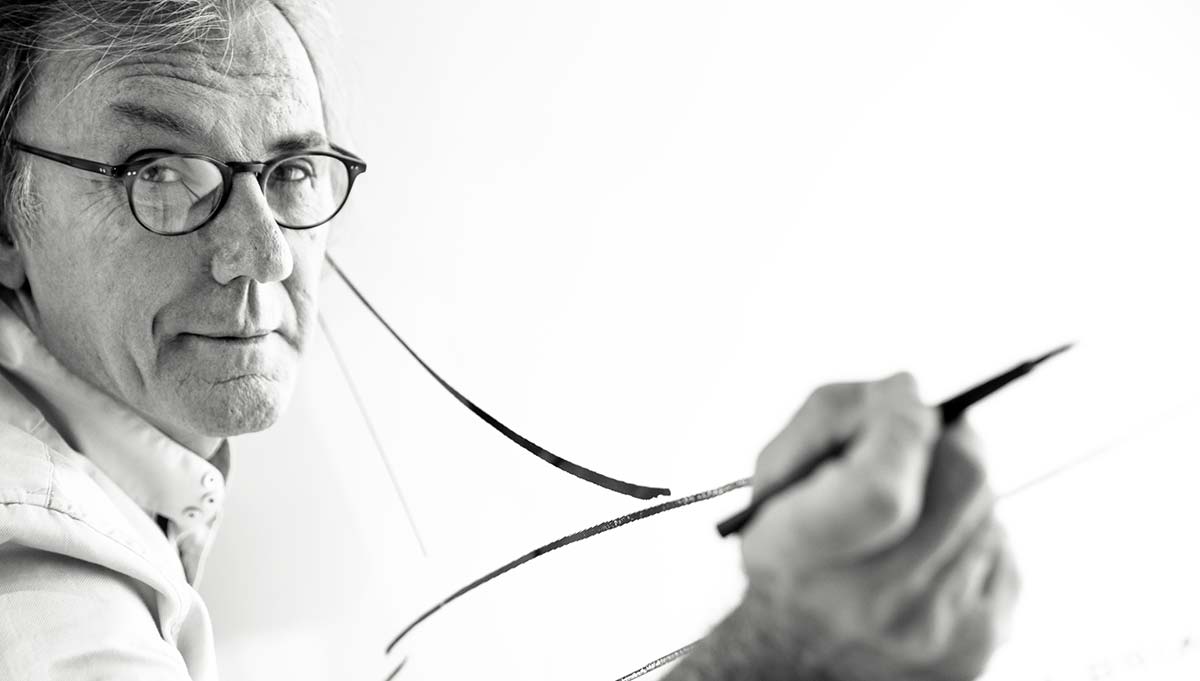

Building for a better future
Designer Philippe Briand on his latest yacht concept, the SY200, which brings sustainability into the spotlight.
It’s little wonder that Philippe Briand is one of the most respected yacht designers in the world. Born in La Rochelle, often called the ‘Silicon Valley of yachting,’ Briand had boating in his blood. “I grew up in a family of sailors, so my first sailing memory was when I was about two or three, watching regattas from the beach,” he says. By the age of 11, he was sketching out his own yacht designs, encouraged by his father, also an avid sailor – and at 16, one of his designs for a wooden race yacht was commissioned and built. His fate was sealed.
Two years later, Briand headed out to Sweden to meet the yacht designer Pelle Peterson. “I was lucky because it was around the time that Peterson was designing the Swedish boat for the America’s Cup and I was totally involved in it,” says Briand. He stayed for three years, learning on the job and has since become one of the most prolific designers on the circuit. His lifetime of experience in the industry shines through, both in his reputation and in the many thousands of yachts he has designed since those early days. His portfolio shows range, style and substance – from race-winning record-breakers such as the Mari-Cha IV to motor yachts such as Exuma. Today though, it’s his latest concept – the SY200 – that is attracting attention.
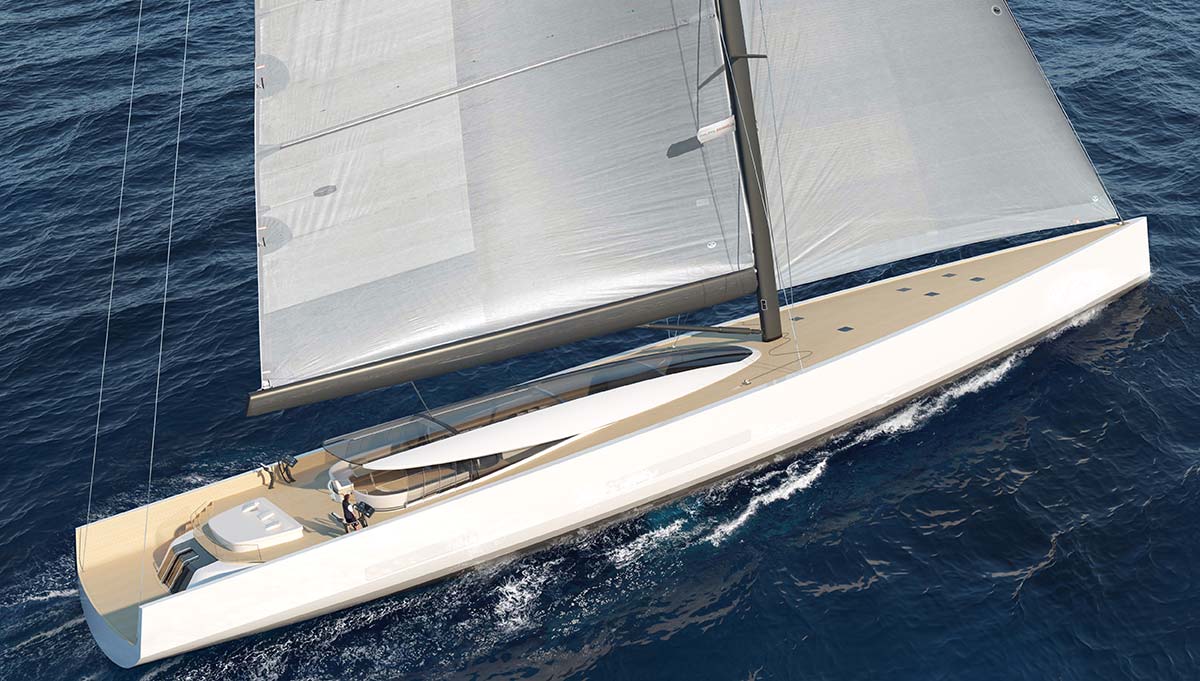
SY200

SY200
“Our mission as designers is to project ourselves into the future and anticipate what will be important in five years,” he says. For Briand, that means thinking sustainably. “For years and years, we’ve promoted large sailing yachts with racing and speed as a priority because we believed the motivation for owners was to win the Rolex Cup in Porto Cervo. Now, I think the new generation of owners doesn’t care too much about winning races – there is a new motivation; that’s why we have designed the SY200 around sustainability.”
The renderings of this concept show a sleek and spacious yacht designed to reach speeds of over 20 knots. “The sailing yacht is already a renewable energy machine; they might have been going for centuries, but they are very contemporary in terms of their design. The difference now is that this boat is moved by the wind and that movement catches energy which is stored in battery packs,” says Briand. “The more you are sailing, the more you capture energy and the more reserve you get – in that way, you become self-sufficient.” Briand estimates that the boat can harness up to 2000kW of power in optimal wind conditions.
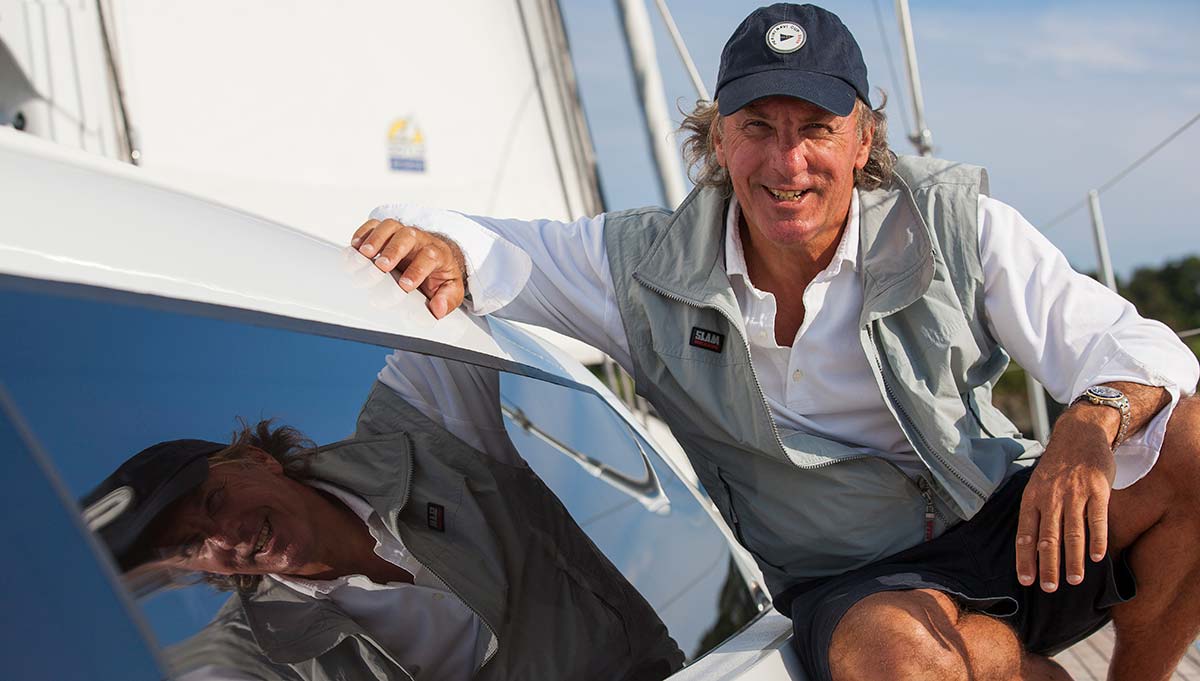

So who does Briand expect to attract with this forward-thinking design? “We expect the owner to be a new generation customer with a passion for sailing,” he says. “Someone who will enjoy the challenge of building a large sailing yacht which is also a renewable energy machine.” As sustainability becomes more of a buzz word both in and out of the industry, this type of customer is becoming more and more common.
Philippe Briand recently joined the board of the Water Revolution Foundation, a non-profit organisation started from within the superyacht industry, that is taking the lead to neutralise its ecological footprint and help preserve the world’s precious oceans. “It’s extremely important for me,” says Briand. “Sustainability has become a priority everywhere and we have a responsibility to keep this industry moving in the right direction.”
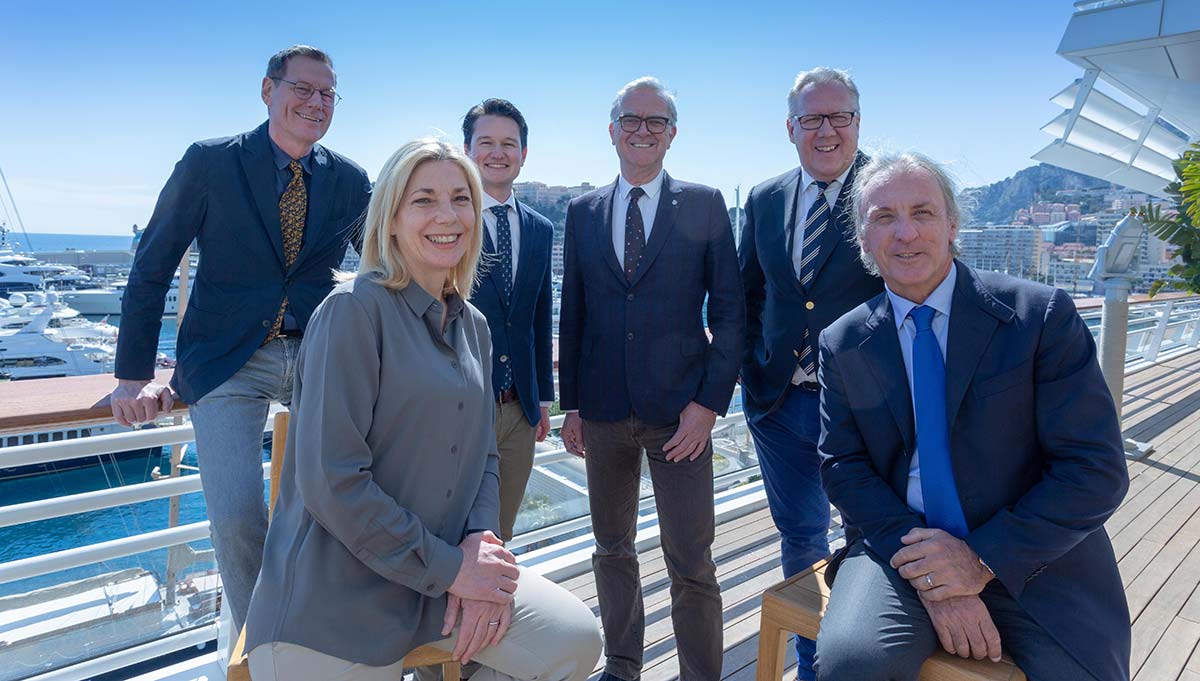
The founders of Water Revolution Foundation

The founders of Water Revolution Foundation
The foundation – which launched in 2018 – works by providing the industry with the tools and knowledge they need to adopt sustainable technology – sharing best practices and promoting support of ocean conservation programmes. “There is a duty to look at solutions all together as an industry, find ways to be innovative and to address the issues we are faced with,” says Briand. Most recently, the foundation launched a yacht assessment tool, allowing shipyards to assess their environmental footprint, as well as an official Code of Conduct, made up of 10 commitments for companies to sign up to. This might be an industry-led initiative, but there is little doubt that it is what owners are looking for, too. “We know it won’t be so difficult to sell these ideas to the final customer as they feel this responsibility towards our oceans too,” says Briand.
Briand himself holds the oceans dear and has Antarctica on his bucket list, among other destinations. As a keen sailor, he knows the importance of feeling close to the water – something that some might feel gets lots on boats of mammoth superyacht proportions. But Briand disagrees. “As passionate sailors ourselves, we are careful to prioritise the feeling of sailing, despite the size. On large sailing yachts, there’s actually an advantage which comes from the feeling of power. In some ways, you get even more feel for the water than you might on a smaller yacht.” Sustainability, speed and style? Sounds like a win-win for the right customer.

